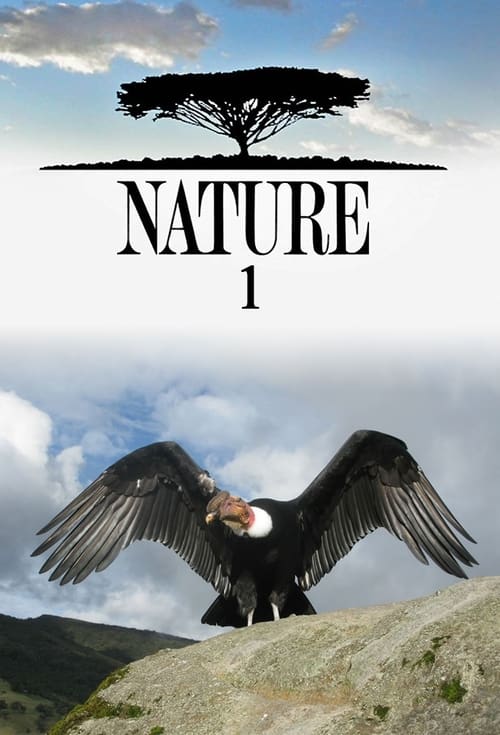
1: The Flight of the Condor: Ice, Wind, and Fire
Oct 10, 1982
Following the path of the condor, whose ten-foot wingspan enables it to soar effortlessly over the peaks of the Andes mountains, this film starts at the storm beaten rocks of Cape Horn at the southern tip of South America and journeys north to the highest peak in the Americas - Aconcagua. Along the way, we see exotic animals and birds such as the penguin, hummingbird, sea otter, guanaco, ostrich-like rhea, and puma.

